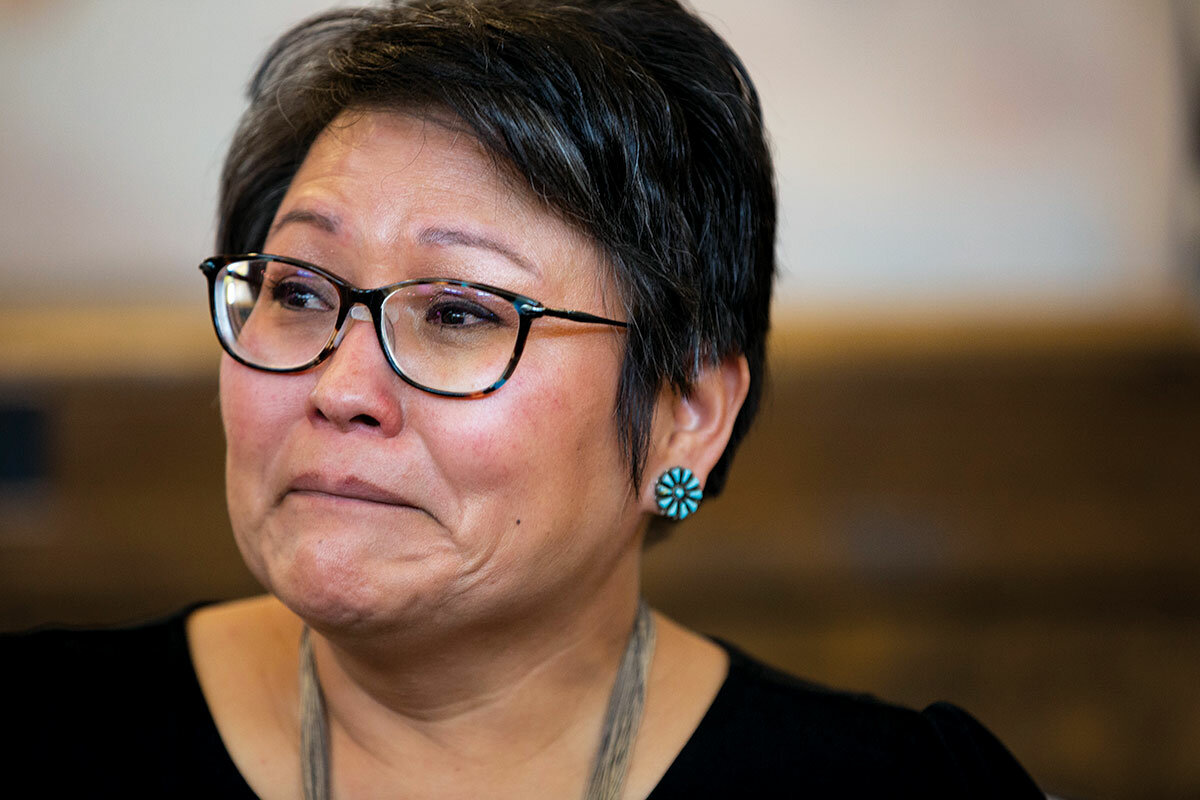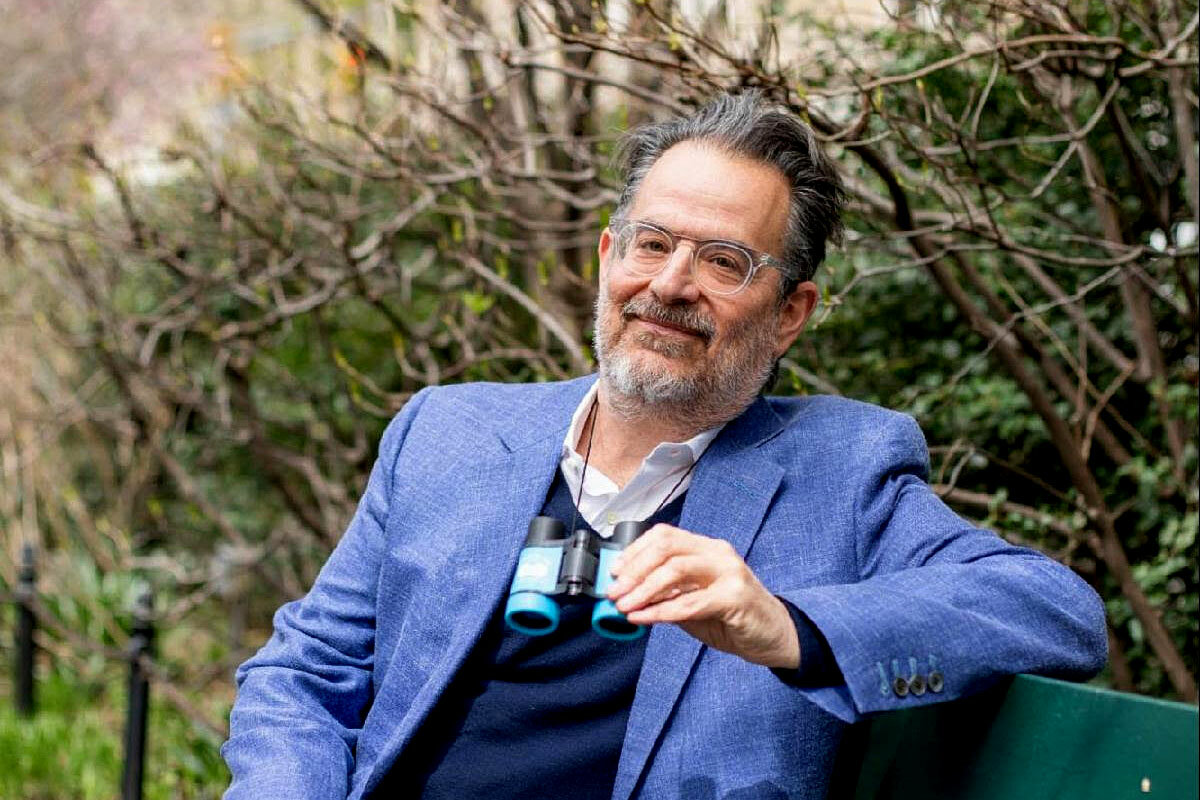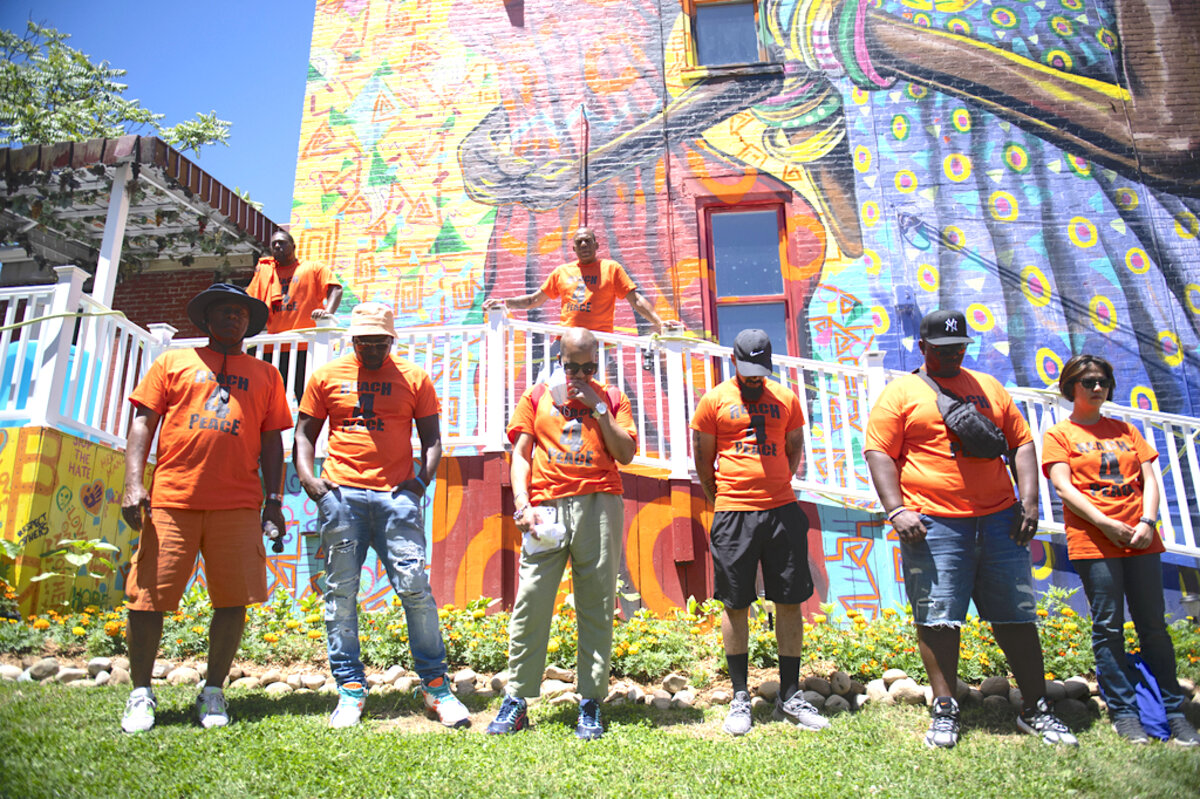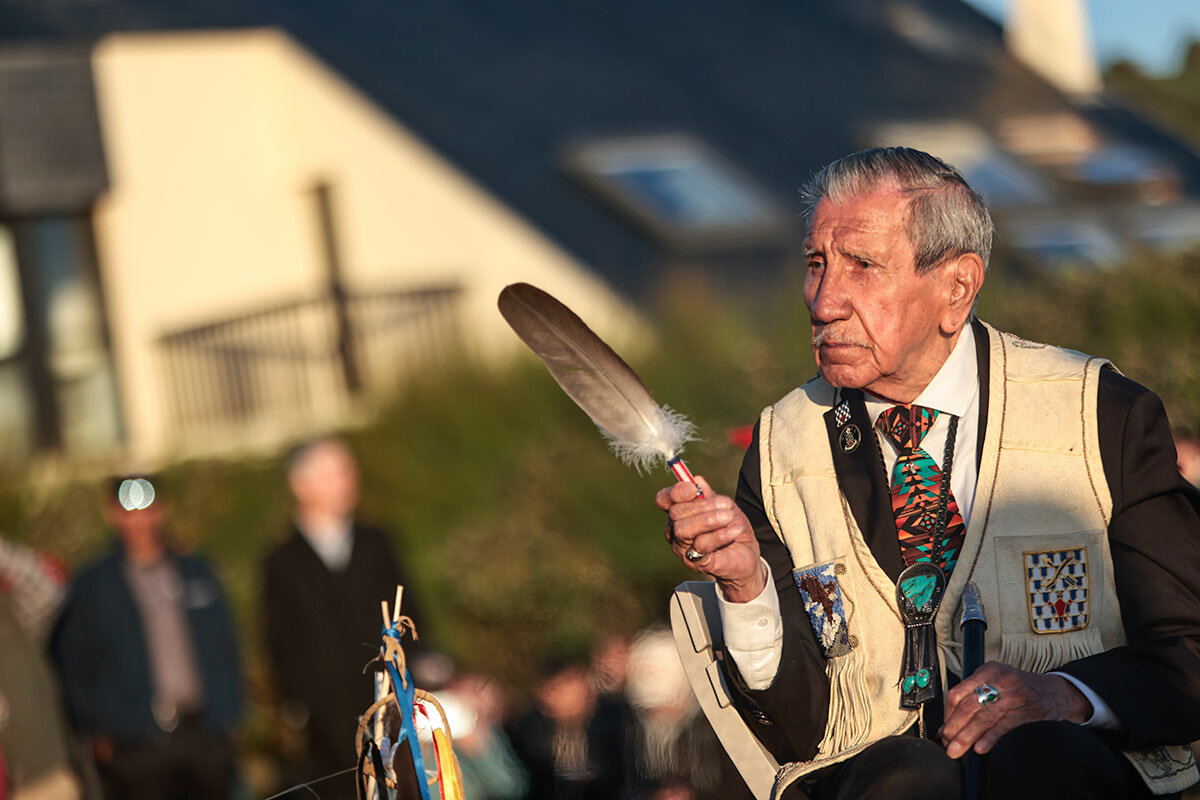Gun rights supporters see a righteous cause in defending liberty through the object of a firearm. Gun control advocates see an “idolatry of the gun” that elevates a weapon over human life. Both frame the debate in almost religious terms.
Monitor Daily Podcast
- Follow us:
- Apple Podcasts
- Spotify
- RSS Feed
- Download
 Francine Kiefer
Francine Kiefer
Joaquin Ciria spent 32 years in prison for a murder he did not commit. Every night, during his first few years behind bars, he closed his eyes and cried. He told himself that when he opened them again, it would all be a dream, and he would be home with his young son.
Mr. Ciria’s nightmare ended on April 20, when he was released. His was the first case reviewed by the Innocence Commission, an independent panel of experts set up by San Francisco’s district attorney to correct wrongful convictions. That district attorney, Chesa Boudin, faces an unprecedented recall election on Tuesday for being too soft on crime.
I recently met Mr. Ciria in a park near his son’s home. We sat under a tree where I listened to the story of this polite and generous man. He was born in Cuba and came to America as a teenager during the Mariel Boatlift, when Jimmy Carter was president. He was arrested in San Francisco for the murder of a friend, based on a rumor started by the real killer. Under police pressure, a witness perjured himself.
It’s very easy to lose your mind in prison, Mr. Ciria told me. It happens when you give up hope. But he decided to try to save himself. He began visiting the law library. He also took every program the prison offered, from meditation classes to Alcoholics and Narcotics Anonymous. He didn’t have any addictions, but he wanted to help people who did.
He also told me about his spiritual journey – from utter rejection of God to complete surrender. After that, he said, things began to turn around. The mother of the man in the neighboring cell became his second momma. She introduced him to his wife. His neighbor’s lawyer, Ellen Eggers, became his lawyer. She dug into his case and, together with the Northern California Innocence Project, brought it to the commission. A judge vacated his conviction in April.
Now Mr. Ciria wants to help free other innocent people. He wants to hear their stories, because when somebody listens to you, he says, it’s a miracle.









